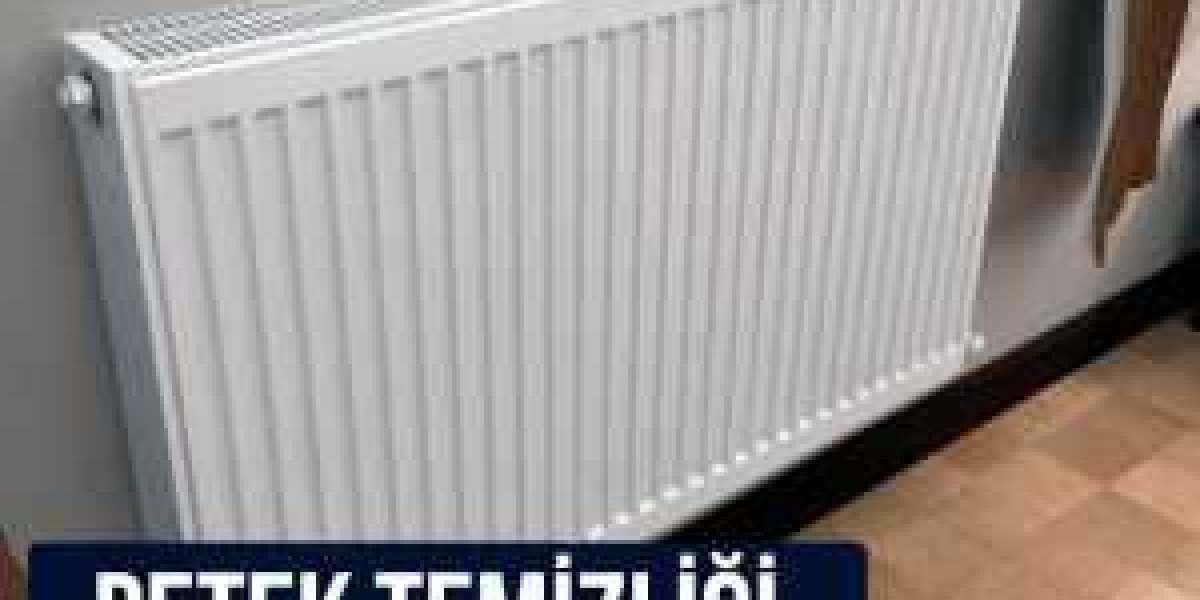In this comprehensive guide, we’ll explore:
What prehung interior doors are
Their advantages over slab doors
Different types and materials
Step-by-step installation process
Ideal applications in homes
Maintenance tips
How to choose the right prehung door for your space
What Are Prehung Interior Doors?
A prehung interior doors is a complete door system that comes already mounted on a frame (jamb) with hinges and a pre-cut strike plate for the latch. Unlike slab doors (which are just the door itself), prehung doors include:
Door slab (solid or hollow core)
Hinged frame (usually wood or composite)
Door stop molding (to prevent over-swinging)
Pre-drilled holes for hardware
This makes installation faster and more efficient, especially for DIYers and professionals.
Benefits of Prehung Interior Doors
1. Faster and Easier Installation
Since the door is already attached to the frame with hinges, installing a prehung door is much simpler than fitting a slab door into an existing frame. This reduces the risk of misalignment.
2. Better Fit and Finish
Prehung doors come with a pre-assembled frame, ensuring a snug fit and smooth operation. This eliminates common issues like sticking or uneven gaps.
3. Enhanced Stability and Durability
The frame is reinforced for strength, reducing warping over time compared to traditional doors installed in old frames.
4. Ideal for New Construction or Full Replacements
If you're remodeling or building a new home, prehung doors are the best choice because they don’t require an existing frame.
5. Variety of Styles and Materials
Prehung doors are available in:
Wood (oak, pine, mahogany)
MDF (medium-density fiberboard)
Hollow-core or solid-core
Different panel designs (shaker, raised panel, modern flush)
Types of Prehung Interior Doors
1. By Material
a) Wood Prehung Doors
Pros: Natural beauty, stainable, durable
Cons: Can warp in humidity, higher cost
Best for: Traditional or high-end homes
b) MDF Prehung Doors
Pros: Affordable, smooth finish, resists warping
Cons: Not as strong as solid wood, can swell if exposed to moisture
Best for: Painted finishes, modern interiors
c) Hollow-Core Prehung Doors
Pros: Lightweight, budget-friendly
Cons: Less soundproof, less durable
Best for: Closets, low-traffic areas
d) Solid-Core Prehung Doors
Pros: Better sound insulation, more durable
Cons: Heavier, more expensive
Best for: Bedrooms, offices, high-traffic areas
2. By Design
Single Prehung Doors – Standard single-door setup.
Double Prehung Doors – Two doors in one frame (common for closets or wide entryways).
Bypass Sliding Prehung Doors – Space-saving sliding doors for closets.
Pocket Prehung Doors – Slides into the wall, ideal for tight spaces.
How to Install a Prehung Interior Door
Tools Needed:
Level
Shims
Hammer nails (or screw gun)
Drill
Measuring tape
Utility knife
Step-by-Step Installation:
1. Remove the Old Door (If Replacing)
Take out the existing door and frame.
Ensure the rough opening is clean and level.
2. Test Fit the Prehung Door
Place the prehung unit into the opening to check alignment.
Ensure the door swings freely without scraping.
3. Secure the Frame
Insert shims between the frame and studs to ensure level placement.
Check with a level and adjust as needed.
Nail or screw the frame into place.
4. Insulate and Seal
Apply expanding foam or insulation around gaps for soundproofing and stability.
5. Install Trim and Hardware
Attach door casing (trim) around the frame.
Install the doorknob, latch, and strike plate.
6. Test the Door
Open and close to ensure smooth operation.
Adjust hinges if needed.
Best Applications for Prehung Interior Doors
1. Bedrooms
Provides privacy and noise reduction, especially with solid-core doors.
2. Bathrooms
Moisture-resistant options (like MDF or fiberglass) work well.
3. Home Offices
Solid-core doors help minimize noise distractions.
4. Closets
Sliding or bifold prehung doors save space.
5. Basements Utility Rooms
Durable, insulated doors help with temperature control.
Maintenance Tips for Prehung Doors
Lubricate hinges annually to prevent squeaking.
Check alignment over time; adjust shims if the door sticks.
Repaint or refinish wood doors as needed to prevent wear.
How to Choose the Right Prehung Door
Measure Accurately – Ensure the rough opening matches the door size.
Consider Material – Wood for elegance, MDF for affordability, solid-core for soundproofing.
Choose the Right Style – Paneled for traditional, flush for modern.
Check Swing Direction – Left-hand or right-hand swing.
Prehung vs. Slab Doors: Which Is Better?
| Feature | Prehung Door | Slab Door |
|---|---|---|
| Installation | Faster, includes frame | Requires existing frame |
| Cost | Slightly higher | More affordable |
| Best For | New construction, full replacements | Replacing just the door slab |
Final Thoughts
Prehung interior doors offer a hassle-free, professional-quality installation with long-lasting durability. Whether you're renovating or building a new home, they provide a perfect fit, stylish options, and improved functionality.
For DIYers, prehung doors simplify the process, while contractors benefit from faster project completion. Consider material, design, and usage when selecting the best prehung door for your space.
Have you installed a prehung door before? Share your experience in the comments!








